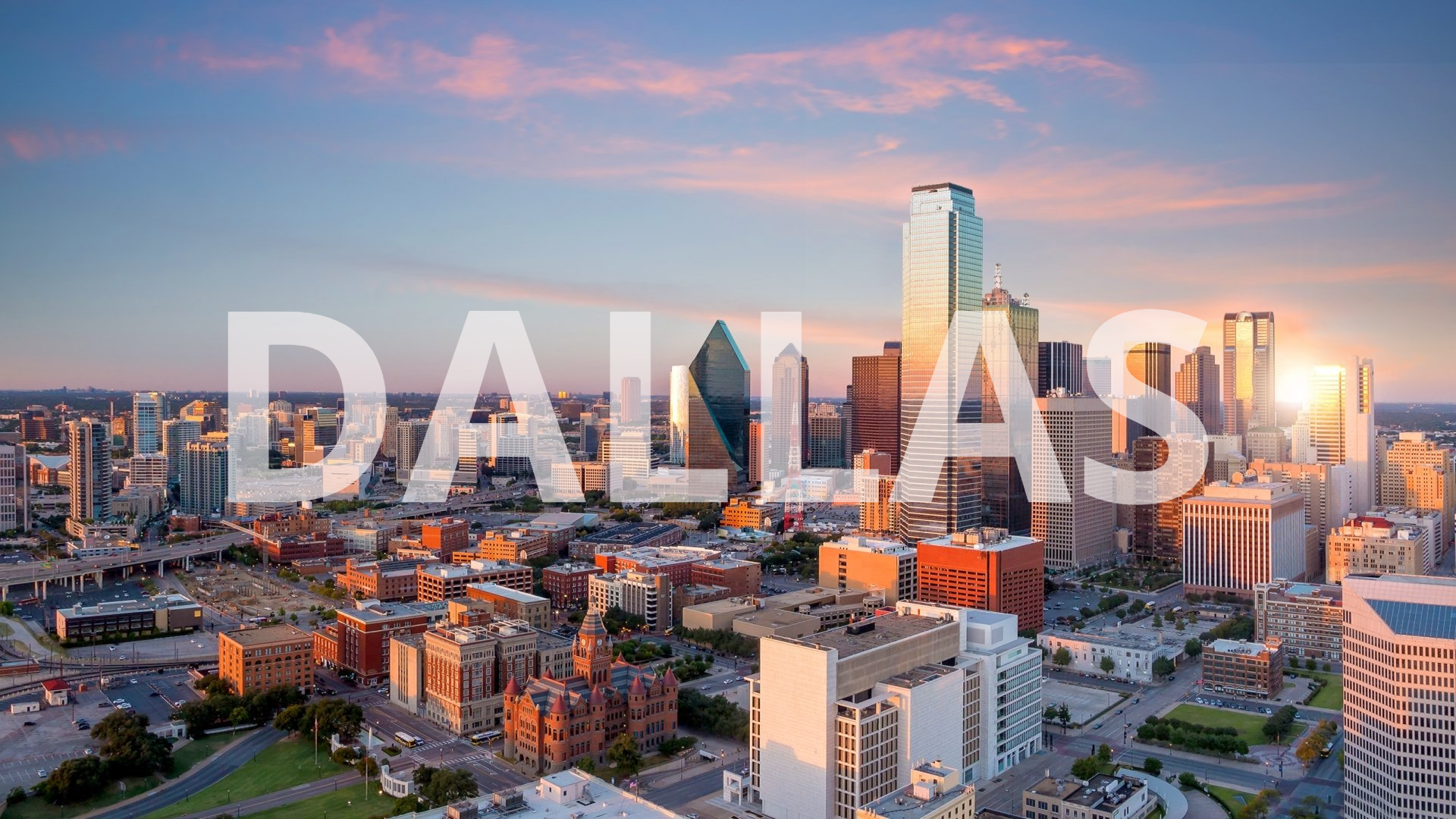Dallas, TX
Dallas, city, Dallas, Collin, Denton, Rockwell, and Kaufman counties, seat (1846) of Dallas County, north-central Texas, U.S. It lies along the Trinity River near the junction of that river’s three forks, in a region of prairies, tree-lined creeks and rivers, and gentle hills. Its winters are mild with brief cold spells, but summers are hot with moderate to high humidity. Dallas is the state’s third most populous city (after Houston and San Antonio) and the metropolis of the sprawling Dallas–Fort Worth urban area, known locally as the Metroplex. Fort Worth lies 30 miles (48 km) west; other major cities in the metropolitan region include Arlington, Carrollton, Denton, Garland, Grand Prairie, Irving, Lewisville, Mesquite, Plano, Richardson, and University Park. Dallas has a council-manager form of government that was established there in 1931. Inc. town, 1856; city, 1871. Area city, 385 square miles (997 square km). Pop. (2000) 1,188,580; Dallas-Plano-Irving Metro Division, 3,451,226; Dallas–Fort Worth–Arlington Metro Area, 5,161,544; (2010) 1,197,816; Dallas-Plano-Irving Metro Division, 4,235,751; Dallas–Fort Worth–Arlington Metro Area, 6,371,773.
History
In 1841 John Neely Bryan, a lawyer and trader from Tennessee, built the first cabin (now restored) in the area on the riverbank. Other settlers moved into the region, and a town site was laid out in 1844. The origin of the community’s name is uncertain; most likely it is named for early settler Joseph Dallas or for George Mifflin Dallas, vice president (1845–49) of the United States. Its early settlement was augmented by Swiss and German immigrants and in the late 1850s by French artisans from the unsuccessful Fourierist utopian colony at nearby La Réunion. Large numbers of African Americans moved into the area after the American Civil War.
Commercial growth was stimulated by the arrival of the railroads in the 1870s. A huge wholesale market developed, with many of the city’s retail stores serving the American Southwest; one, Neiman-Marcus, has become internationally known. The adjacent communities of East Dallas and Oak Cliff were annexed in 1889 and 1903, respectively, greatly expanding the city’s size. Locally produced grain, leather, and especially cotton (grown in the black-clay fields around Dallas) fed the city’s early growth and were followed by insurance and, later, oil.
The Dallas Cotton Exchange was organized in 1907 and in the early decades of the 20th century was one of the world’s largest cotton markets. In addition, the city was a top manufacturer of cotton-ginning machinery. Also, during the early 20th century, Dallas was a center of food processing and the manufacture of textiles and leather products, and an automobile plant and a branch bank of the Federal Reserve System were established there. Mexican immigrants contributed to the population growth. In 1930 C.M. (“Dad”) Joiner discovered the great East Texas oil field, which attracted investment and made the city a major center of the petroleum industry. Dallas’s Central Centennial Exposition (1936), the state’s official observance of the Texas revolution centennial, was a boon to the city’s Depression-era economy, and one of the country’s first shopping centers opened in 1931 in the suburb of Highland Park.
The city began a period of spectacular growth during and after World War II, when several large aircraft-manufacturing plants were established in the area. These were followed by electronics and automobile-assembly plants. Dallas was thrust abruptly into the international spotlight on November 22, 1963, when U.S. President John F. Kennedy was assassinated as he rode in a motorcade through the downtown area. Dallas–Fort Worth International Airport opened in 1974, drawing business to the region and making it an attractive location for corporate headquarters. The oil business reached its peak in the early 1980s; however, by the end of the decade the industry had gone bust, and thereafter its contribution to the economy decreased dramatically. In 1987 Annette Strauss became the city’s first elected female mayor, and in 1995 the first African American mayor, Ron Kirk, was elected.
Source:







